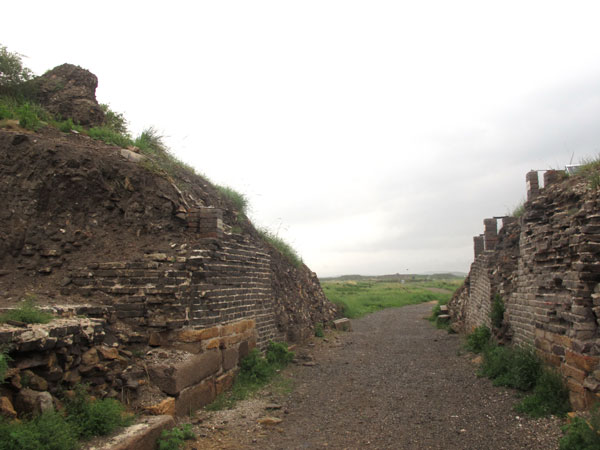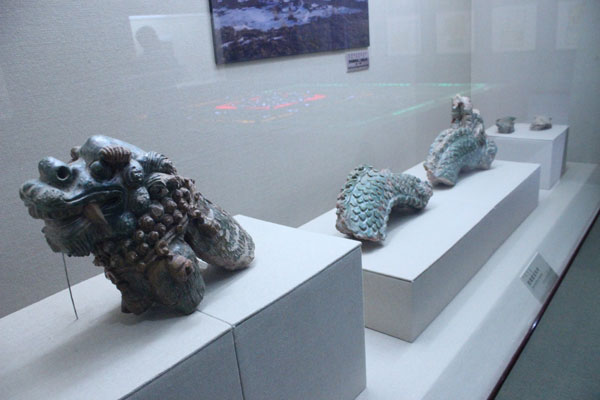 |
| The path leading to the old city gate of Xanadu evokes the glory of times past. |
In the Merriam-Webster Dictionary, "Xanadu" means an idyllic, exotic, or luxurious place. Luckily we have a chance to experience it firsthand.
The road leading to the site of Xanadu in Zhenglan Banner, the Inner Mongolia autonomous region, is too rugged to enjoy the grasslands outside the window.
However, the unpleasant off-road drive is overshadowed by the excitement of approaching this summer capital of the Yuan Dynasty (1271-1368), the only UNESCO World Heritage site in Inner Mongolia.
Built in 1259, Xanadu shaped Westerners' perception of a wealthy Oriental land after Marco Polo described the town in flamboyant language in his work: Book of the Marvels of the World (commonly called The Travels of Marco Polo) to describe this remarkable place.
As soon as we step onto the path leading to the old city gate it begins to rain heavily. Despite it being late-June, it feels a little cold in the wind.
"There is a gorgeous marble palace, which is wholly painted golden with various elegant designs of animals and flowers. You can feel both visually and heartily pleasant when facing it," Marco Polo once wrote.
 |
|
Structural pieces from an old palace, discovered in the old city, are exhibited in Xanadu Museum. Photos by Wang Kaihao / China Daily
|
The Mongol emperors of the Yuan Dynasty spent half the year in Dadu, predecessor of today's Beijing. They moved to Xanadu during the summer.
Merchants, missionaries, and travelers from the Middle East and Europe gathered to this international hub for business and culture, whose population reached a peak of 14,000 in the 14th century.
We recommend:
